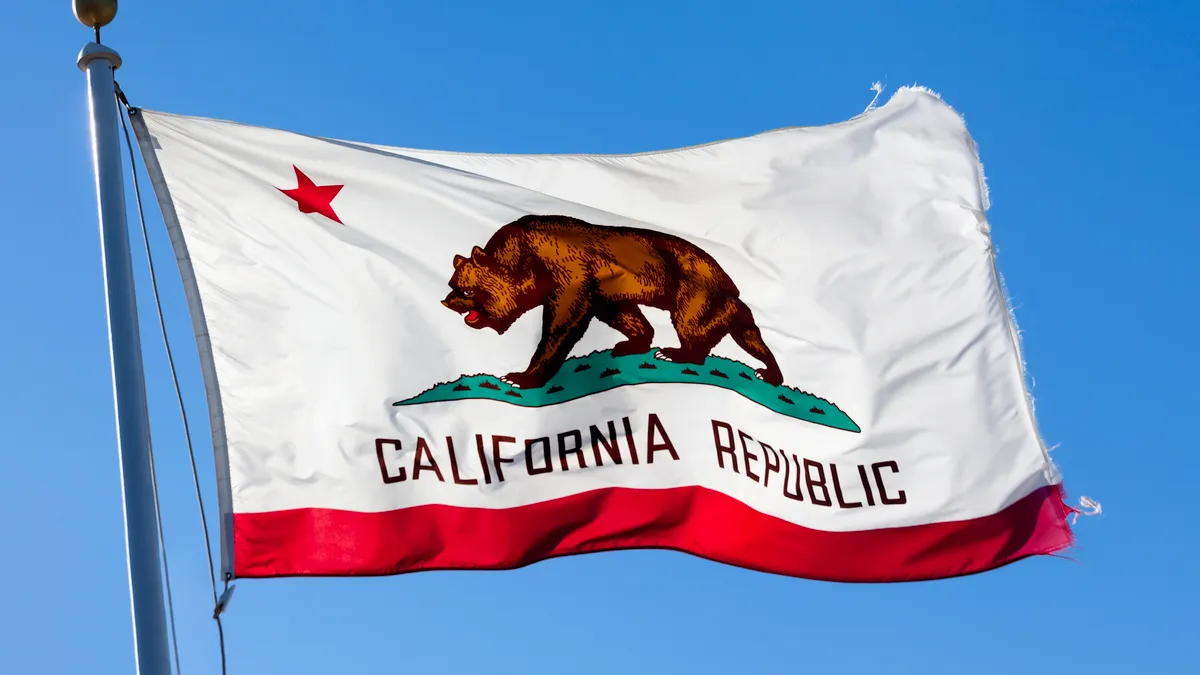Mark Van Orden is a contributing scholar at the Center for Growth and Opportunity at Utah State University and a PhD candidate in economics at the Univetsity of California, Irvine.
Regulation of electric utility companies is best conducted when public utility commission regulators are afforded a significant level of independence from the political process. Close observers of utility regulation, however, recognize that PUCs have become increasingly politicized. There are several mechanisms through which politicians can influence PUC regulatory processes, including holding disciplinary hearings, appointing commissioners and amending governing legislation. Assuming that politicians represent their constituents’ interests, one might expect these mechanisms to produce consumer-friendly regulatory outcomes, including a low authorized return on equity, or ROE.
The susceptibility of PUCs to political influence, however, provides regulated utilities with a back door of influence over their regulatory environment. Cognizant of the power politicians wield over PUCs, utilities employ both lobbying and campaign contributions in an attempt to increase profits, which strongly depend on PUCs’ rate case proceeding decisions. In Ohio, for example, FirstEnergy was criminally charged with bribing state politicians to plant an industry-friendly lobbyist as the head of the Ohio Public Utilities Commission and pass legislation that bailed out its nuclear power plants. This example highlights an explicit bribe perpetrated by an electric utility to favorably influence its regulatory environment, but utilities need not resort to illegal activity to achieve similar results.
In a recent working paper published by the Center for Growth and Opportunity at Utah State University, I estimate the effect of legalizing electric utility political contributions on the ROE PUCs authorize during rate cases. Simply stated, ROE is a utility’s rate of return on its capital investments and therefore contributes significantly to the utility’s profitability. Although PUCs have final say over the ROE established in a rate case proceeding, the rate is determined using a subjective process shaped by two Supreme Court decisions, making it particularly susceptible to political influence.
To estimate the effect of political contributions on authorized ROE, I exploit the 2005 repeal of the Public Utility Holding Company Act of 1935, or PUHCA, a New Deal-era federal law designed to restrict holding company monopoly power. A powerful but little-known provision within the law prohibited holding companies and their subsidiaries from using corporate treasury funds to contribute to local, state and federal political parties and candidates.
Between 1935 and 2005, PUHCA-regulated utilities were prohibited from making political donations, regardless of a state’s campaign finance regulations. Upon PUHCA’s 2005 repeal, jurisdiction over this aspect of campaign finance returned to the states: 20 states prohibited corporations from making political donations, while 30 states allowed corporations to contribute to political parties and/or politicians. Consequently, PUHCA’s repeal legalized utility political donations for “treatment group” utilities operating in these 30 legal states, but had no effect on the “control group” utilities operating in the remaining 20 states where corporate contributions were prohibited.
My analysis compares treatment and control group utilities prior to PUHCA’s repeal, when both groups were prohibited from contributing, to the same utilities after PUHCA’s repeal, where only treatment group utilities could contribute. Using data on electric utility campaign contributions published by FollowtheMoney.org, I find that following PUHCA’s repeal, treated utilities increased total political donations, including corporate PAC contributions not governed by PUHCA, by $46,000 annually — nearly double pre-repeal levels. Further, I find strong evidence that the primary purpose of these donations was to influence rate case outcomes, as contributions were largest during the years a PUC authorized a new ROE.
What effect does this targeted increase in political donations have on the utility’s authorized ROE? I find that treated utilities received ROEs 0.4 percentage points higher than control utilities — those that are restricted by state law from making political donations. These results imply a staggering return on political investment, as this relative increase in ROE for the average utility translates to approximately $4 million in additional revenue annually. PUHCA’s repeal enabled electric utilities in 30 states to indirectly influence their regulatory outcomes by inducing politicians to pressure PUCs on their behalf. The externalities of this relationship are borne by utility ratepayers, who are left to pay for these increased rates.
The key results of this research suggest that PUHCA’s repeal left PUCs in a majority of U.S. states susceptible to political influence that, in turn, led PUCs to forsake their responsibility to provide consumers with reliable service at just and reasonable rates. So what exactly can states do to ensure the regulatory independence of PUCs?
One option is to allow consumers to elect commissioners to the PUC. My findings build on prior research that finds that elected commissioners authorize lower prices than appointed commissioners. Specifically, I find that treated utilities contributed more, and were awarded higher authorized ROEs, in states where commissioners are appointed by the legislature rather than elected. This finding underscores the differing incentives of elected commissioners, who are responsive to voters (consumers), and appointed commissioners, who are responsive to their appointers (politicians). Simply electing commissioners is not a catch-all solution, however, as elected PUCs face direct undue influence from utilities.
A second option is to cap the amount corporations can contribute during an election cycle. Within the 30 states that permit corporate contributions, 16 states permit unlimited contributions, while 14 states limit contributions to a specified amount. My findings indicate that treated utilities contribute more, and are awarded higher authorized ROEs, in the former group of states, suggesting that capping contributions can meaningfully reduce a utility’s political influence.
The simplest solution, however, is to prohibit regulated utilities from making any political contributions whatsoever. The first corrupt practice laws were established during the Progressive Era, when corporations made up the vast majority of all political contributions. The Tillman Act of 1907 prohibited corporations from using treasury funds to contribute to federal candidates, but left the regulation of state-level candidates to the states, of which 36 passed similar legislation. Recognizing the power imbalance of utilities over consumers, the federal government included a little-known provision in PUHCA, which specifically targeted utility political power by prohibiting utilities from contributing to state and local campaigns.
As an unintended consequence of PUHCA’s repeal, utilities are now taking advantage of this regulatory gap in campaign finance legislation to secure more favorable ROEs. In states that relied on PUHCA to govern utilities' political donations, it is time to reevaluate whether their current laws protect the integrity and independence of their PUCs or leave room for undue influence in regulated industries.






















